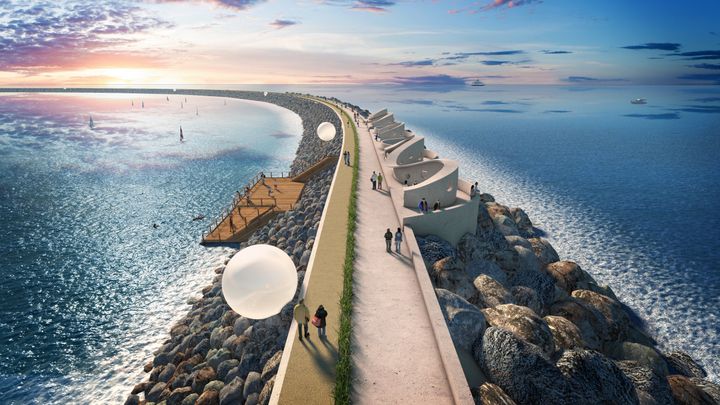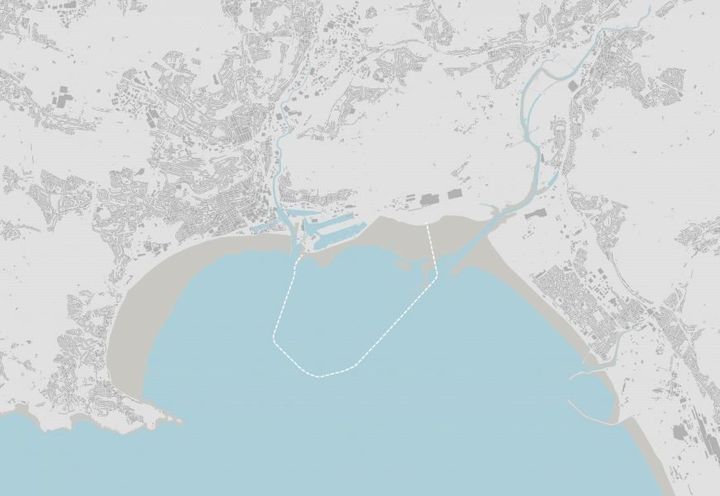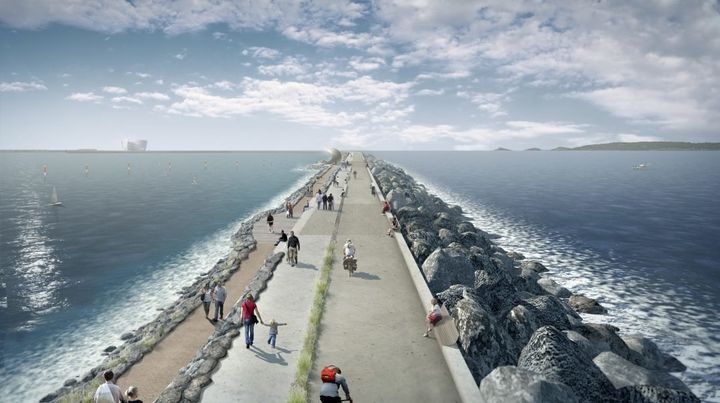A government-commissioned review has backed plans to build the world’s first tidal lagoon power plant in Swansea Bay.
Costing £1.3bn, the lagoon is promised to make a “strong contribution” to the UK’s energy supply and bring “significant economic opportunity”.
But how exactly would it work?

The proposed lagoon is a six mile long, U-shaped breakwater resembling a vast marina that extends from the Welsh coastline.
As the tide rises and falls, water passes through 16 turbines within the breakwater to generate electricity. The plant can capture energy on both the incoming and outgoing tides, four times a day, every day of the year.

By shutting the gates to the lagoon for just three hours, operators would be able to create a 14ft height difference between the water on either side. When the gates are opened again, water would rush through 200ft draft tubes, rotating 16 23ft diameter, hydro turbines.
The Tidal Lagoon Project promises the plant could generate enough electricity to power more than 150,000 homes for the next 120 years.

The Swansea power plant has been marketed as a pathfinder project, with five larger lagoons proposed for Cardiff, Newport, Bridgwater Bay, Colwyn Bay and West Cumbria. Together, the six lagoons could generate enough electricity for 30% of the UK’s homes.
Environmental groups tend to prefer the idea of several lagoons over the vast Severn Barrage which was once proposed for the Severn estuary. While there are still concerns over the potential risk to wildlife, most are happy to see the Swansea lagoon built as a test project.
